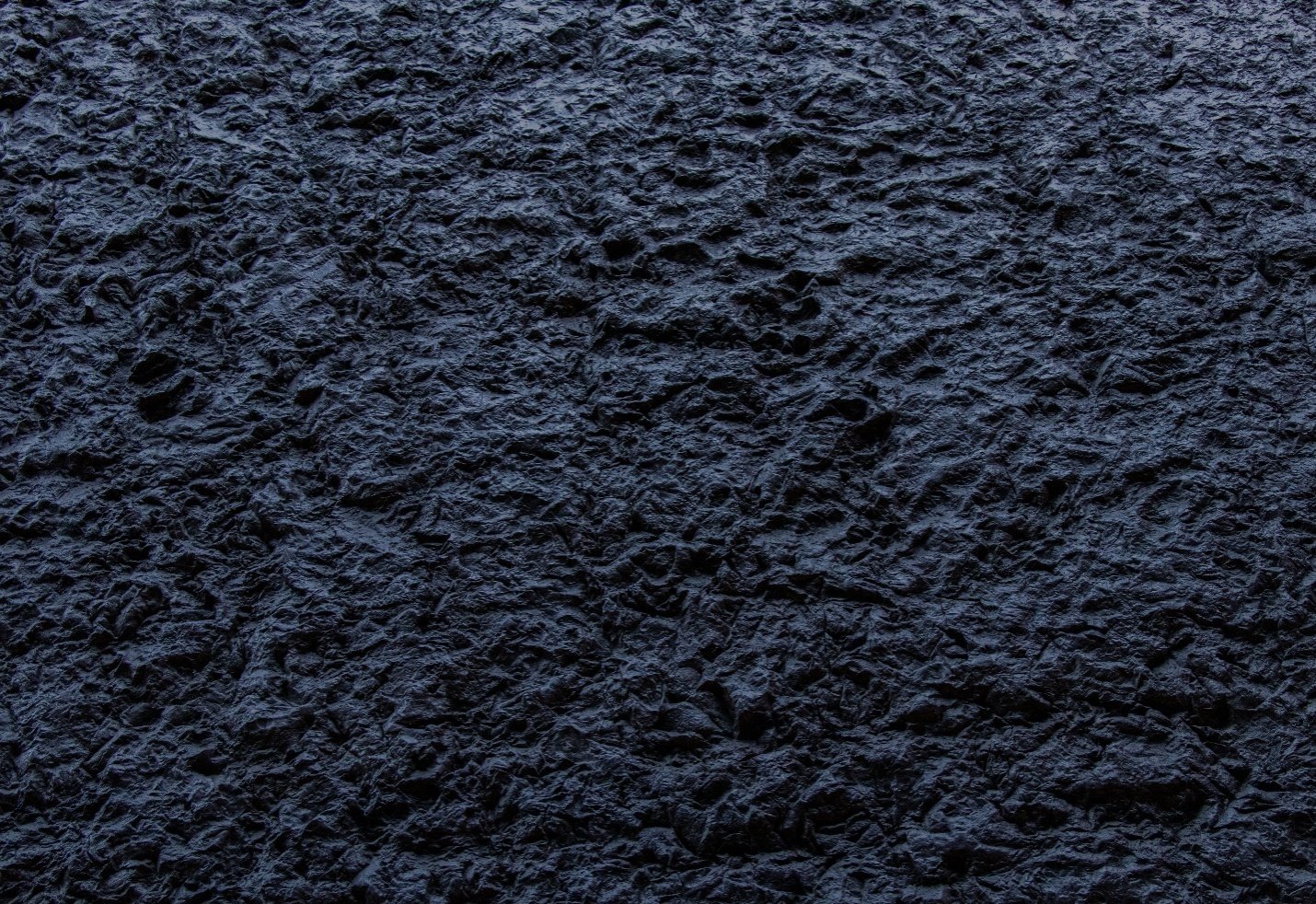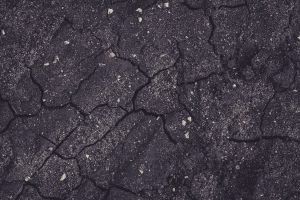When it comes to understanding the factors behind concrete settling and how to effectively lift and repair it, soil conditions play a pivotal role. The type, composition, and stability of the soil beneath your concrete surfaces have a significant impact on whether settling occurs and how it can be addressed. In this article, we’ll delve into the crucial role of soil conditions in concrete settling and lifting.
Types of Soil
Different types of soil have varying levels of compaction, load-bearing capacity, and water retention. The most common types of soil encountered in construction and property development include:
- Clay Soil: Clay soil retains water well but can become compacted and expand when wet. It has a low load-bearing capacity and is prone to erosion.
- Silt Soil: Silt soil is finer than clay and has better drainage, but it can still become compacted and lose stability when saturated.
- Sand Soil: Sand soil drains quickly and has good load-bearing capacity, but it may shift over time and may not provide stable support for concrete.
- Loam Soil: Loam soil is a balanced combination of sand, silt, and clay, offering good drainage and load-bearing properties.
The Role of Soil in Concrete Settling
Concrete settling occurs when the soil beneath the concrete becomes unstable, leading to a sinking or uneven surface. Here’s how soil conditions contribute to settling:
- Compaction and Compression: Over time, soil can become compacted due to the weight of the concrete and any loads placed on it. Compacted soil loses its ability to provide stable support, leading to settling.
- Moisture Content: Changes in soil moisture content can affect its volume and density. Excess moisture can lead to soil expansion, while drought conditions can cause soil to shrink. These changes can result in uneven settling of concrete slabs.
- Erosion: Soil erosion, whether due to water runoff, poor drainage, or other factors, can wash away the support beneath concrete slabs. This erosion creates voids or empty spaces, causing the slabs to sink into the gaps.
The Role of Soil in Concrete Lifting
To effectively lift and repair settled concrete, it’s essential to understand the role of soil conditions in the lifting process:
- Soil Stabilization: Lifting professionals often use specialized materials like polyurethane foam or grout to stabilize the soil beneath the concrete. These materials fill voids and create a solid foundation for the lifted concrete.
- Load Distribution: Properly addressing soil conditions during lifting ensures even load distribution across the concrete surface. This prevents future settling and provides long-term stability.
- Adjustability: The choice of lifting material allows for precise control during the lifting process. Professionals can adjust the elevation of the concrete slabs to achieve a level surface.
- Quick Curing: Many lifting materials cure rapidly, allowing you to use the repaired area almost immediately after the lifting process.
Understanding the specific soil conditions beneath your concrete surfaces is critical to determining the most suitable lifting method and material. Professionals like Mud Dog Jacking assess soil conditions to provide tailored lifting solutions that address the root causes of settling, ensuring long-lasting results.
If you’re experiencing concrete settling issues or want to learn more about soil conditions and lifting solutions, contact Mud Dog Jacking at (801) 644-9122 or visit our website at https://www.muddogjacking.com/. We have the expertise to assess and address soil-related concerns, providing effective concrete lifting services.




